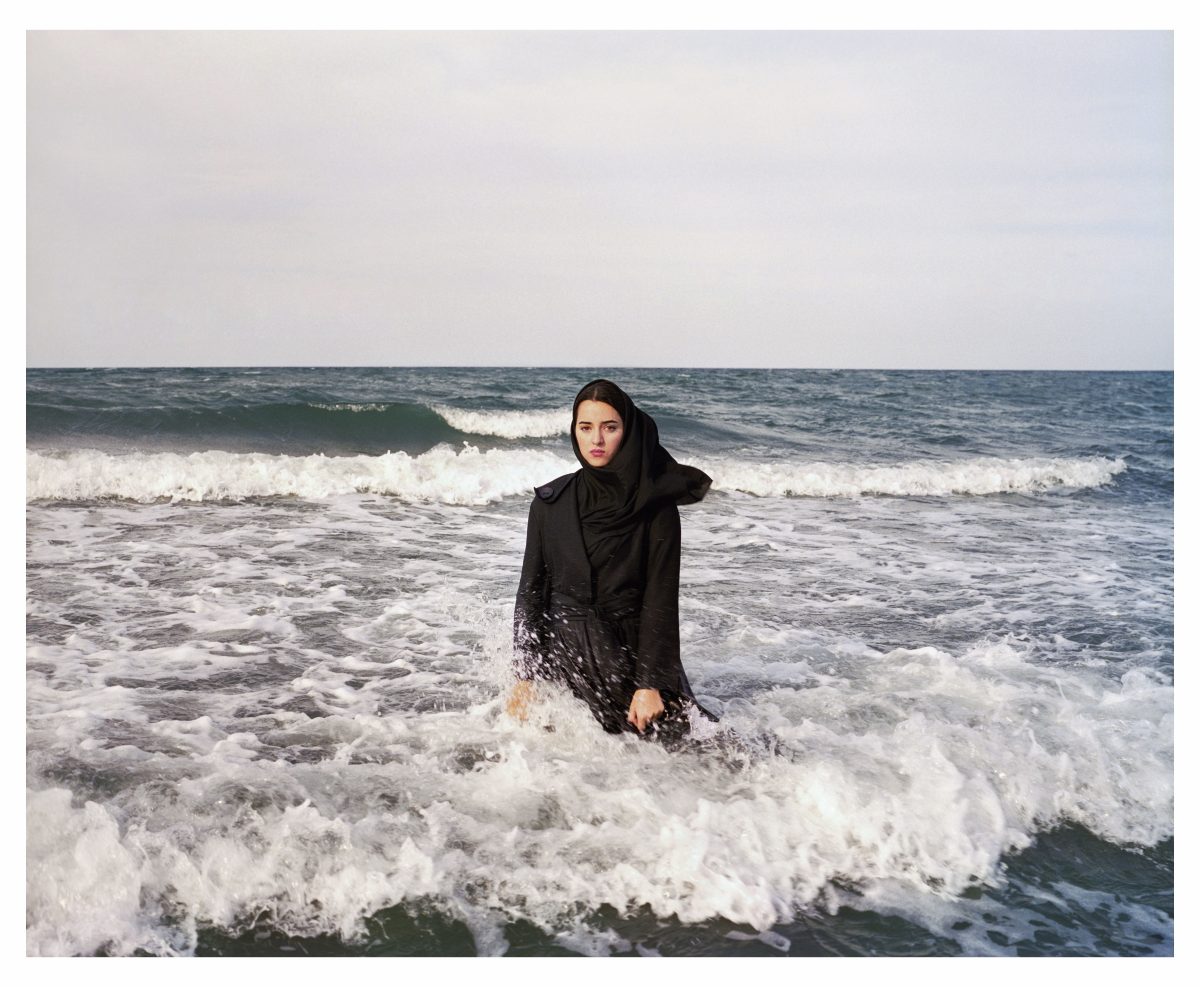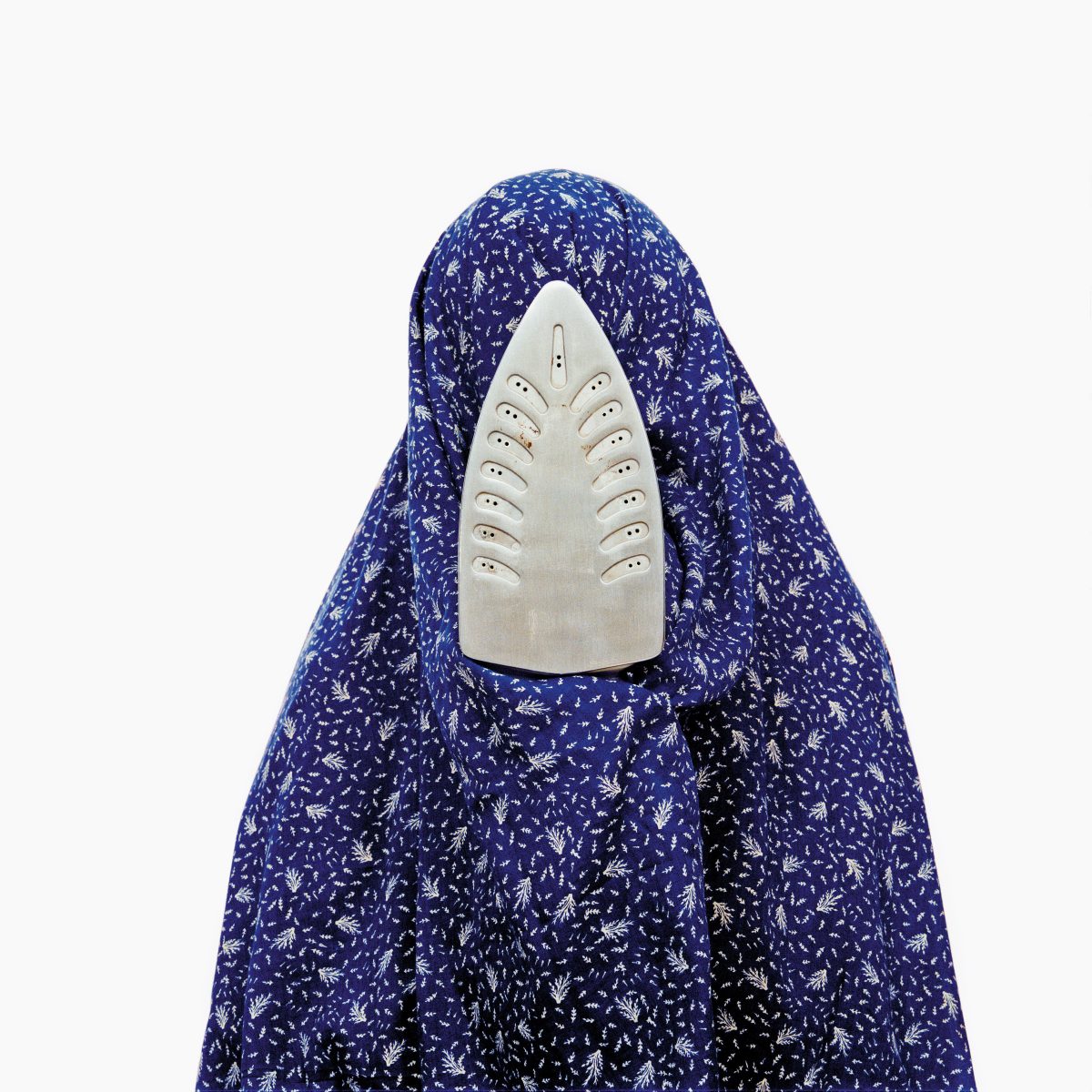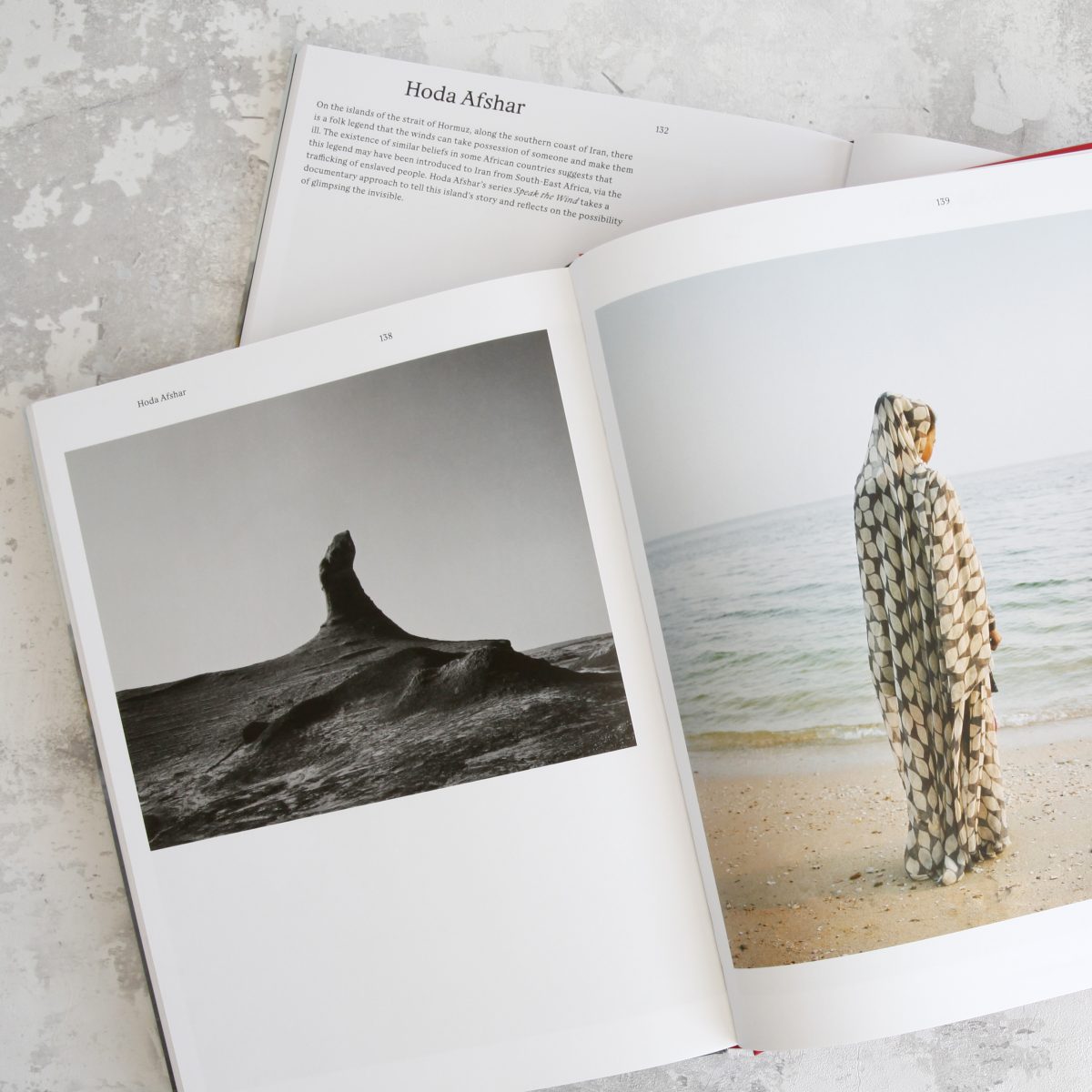Interview with Anahita Ghabaian
Anahita Ghabaian, founder of Silk Road Gallery the only photography Gallery in Tehran and author of the publication Breathing Space, Iranian Women Photographers was interviewed by Photoworks Curator Julia Bunnemann, to learn more about this publication, its motivations, and photography in Iran.
Julia Bunnemann: You established Silk Road Gallery in 2001. It is the only photography gallery in Iran. Please tell us a little bit about how your work as a gallerist evolved since you opened the gallery and how would you characterise the function of a contemporary gallery in Iran today?
Anahita Ghabaian: It was definitely a tough journey to get there, with lots of obstacles along the way but in the end it gave me a lot of satisfaction. At the end of the 1990s into the beginning of the 2000s, Iran seemed to be opening itself up to the world. were those of opening up to the world, the after-effects of the Iran-Iraq war which lasted from 1980 to 1988 were gradually fading away and the presence of art was growing.
In 1997, Abbas Kiarostami received his Palme d’Or in Cannes. Kiarostami and his work become a symbol of hope, proof that Iran can also make itself known through its art. Around this time I also met Kiarostami, as he was a photographer as well as a film maker. He suggested that I open my gallery with one of his series and helped me find the visual identity. I found that photography as a medium had difficulty finding a place in the art world but I liked the fragility of this medium. So I decided to open a gallery specialised in photography, but with no knowledge about printing and framing. We were still at the stage where people did not realize that the whole process of making a photograph is about the “idea” and it was common to hear visitors say: “I can make this photograph myself. Why would I buy it?!”
Twenty-some years later, people no longer make these kinds of remarks but it is still very difficult to sell photography, at least in Iran. Once I had gained experience, I was able to identify talented young people and support them in making their work known in Iran and internationally, as well as the opportunity to work with experienced photographers.
Generally speaking, Silk Road has never focused only on sales. What always motivated me is the in-depth work with artists to bring their project to fruition in the form of an exhibition, a book or inclusion in museum collections. These days the situation has changed a lot. On the one hand, a large audience in Iran is interested in art and the galleries there are very popular and have a lot of visitors. But the current atmosphere also puts significant pressure on galleries and artists. Recently, a newspaper accused galleries of being a hotbed of spies and a place of disobedience and galleries were then threatened with closure. It’s total uncertainty and we’re surviving day by day.

JB: Can you provide us a with short description of how the book came together?
AG: I was looking for a publisher interested in a book on Iranian photography. I have already published a book in 2011 in France (La photographie iranienne, un regard sur la création contemporaine en Iran, 2011, Ed. Locco, 192 pages), and another in 2017 (Iran, année 38, Anahita Ghabaian, Newsha Tavakolian, 2017, ed. Textuel) for the exhibition at Les Rencontres d’Arles. It was time to talk about Iranian photography again. Photography is often a committed art. It’s a way of expression and has meaning. It tells the history of contemporary Iran. There hadn’t been a book on women’s photographers. Given the international and more particularly Iranian context, it was time to publish a book on this matter. I am very proud to have put these photographs together to show the vibrant contemporary women’s photography scene in Iran.

JB: This book explores the ways in which the artistic practices of three generations of women are interwoven with Iran’s and complex history. What drew your attention to specific historical events in the publication?
AG: I have a PhD in history on contemporary Iran. Looking at photographs in the light of history has become a method for me. This allows me to place the work of each photographer in a historical context to better understand it. At the same time, each series located in a period of time gives us a deeper insight on the meaning of the work. We can learn more about the photographer’s motivations and the moment experienced by an entire generation
JB: Can you tell us more about the connections between the artists and explain your criteria for choosing them?
AG: The connection is that they are all Iranian women photographers, but showing work from across three different generations highlights the evolution of mentalities and practices in Iran. They show what matters to them, what is happening in this country unknown to the West. The first generation of pioneers, Hengameh Golestan, Rana Javadi, Mahshid Noushirvani, extensively documented events: the 1979 revolution, the factory, the street, the university.
The second generation, Shadi Ghadirian or Gohar Dashti, were influenced by memories or their family memories about different events. They began practicing photography in the 2000s, at a time when the political space opened up a little: photography was taught at university, and photography books arrived. They create their own story of the events by constructing and staging their photos. With the Internet and more frequent trips abroad, the third generation, Maryam Takhtkeshian, Ghazaleh Rezaei, Maryam Firuzi, Atousa Alebouyeh or Ghazaleh Hedayat are interested in more intimate projects, mixing subjects and emancipating themselves. Feminism, omnipresent, transcends these generations.
The other aspect in common is certainly poetry. In Iran, everything is poetry, since the origin of the culture. Poetry has penetrated every corner of society, without the pitfall of social class. Photography is its modern version. In other words, photojournalism, documentary or artistic images are visual poetry.

JB: You embarked upon the book’s development in the month of November 2022. What made you decide to do it then, and what do you hope will come of the book’s release?
AG: I’ve wanted to put together this book for a long time. I knew we had a story to tell. I chose to present a history of contemporary Iranian photography across three generations of female artists. By presenting these images side-by-side, I hope to tell my version of this history. The book is not ordered chronologically or thematically, and this was an important choice for me. It’s more about “going back and forth” between generations, but also between themes and styles. This format offers great freedom to the reader, who can stroll through these different viewpoints and styles. These are all accompanied by accessible explanatory texts to situate the reader in the cultural and social contexts. I wanted to combine documentary and staged artistic photography. This gives the audience multiple perspectives on the complex voices and views of Iran’s recent history. These artists come from a wide range of backgrounds and professional experience, so a reader can see many faces of female expression.
It was at this moment in history that women decided to make their voices heard. I admire their courage. I have worked in photography for over twenty years. In Iran, it talks a lot about everyday life, through stories that bring us closer to reality. This book provides stories of contemporary Iran and what is happening now. My role was to bring these stories together.
